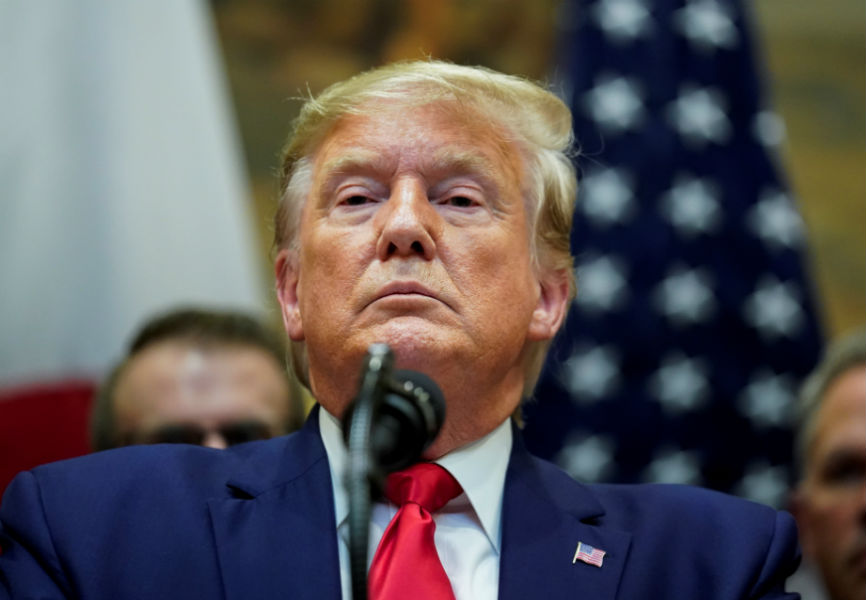Eurasia Group's Aditya Bhattacharji examines the stalling of healthcare reforms in the US and what changes to US healthcare it is realistic to expect.
With anti-pharma sentiment raging at the end of 2018, it seemed all but certain that politicians would make 2019 a year industry would rather forget. Yes, the European campaign to bring down drug prices continues unabated, China will expand more challenging procurement practices, and even in Africa there are now bolder steps toward supranational negotiation with drug makers. But in the US—still the most important source of revenue (and uncertainty) for most pharmaceutical firms—healthcare reforms ended with a whimper, as Congress furnished holiday gifts ranging from a stalled bipartisan drug pricing bill and a last-minute hold on surprising billing legislation, to a spending package that repeals taxes underpinning the Affordable Care Act.
On the one hand, that context creates a robust burning platform for both Democratic and Republican presidential candidates—President Trump included—to call for sea changes to US healthcare. Yet it also underscores the extraordinary difficulty the next occupants of the White House and Congress will have in effecting substantive reforms to the country's healthcare system. When social and political will coalesce with relatively popular measures such as pharmaceutical rebate reform and surprise billing legislation yet fail, prospects for the truly transformative measures envisioned by presidential hopefuls Bernie Sanders, Elizabeth Warren, and others become even more dim.
Pharma is unlikely to be frog-marched by sweeping federal initiatives, but more incremental changes are likely. Experimentation at the state level will increase, although the roadblocks in Washington are not unique—similar dynamics are playing out in state legislatures as they attempt to address topical healthcare concerns such as public options and alternatives to Obamacare for insurance (eg, Colorado, Georgia).
Measures aimed at harmonizing global drug prices are also likely to persist. While direct importation still feels like an unlikely solution despite vocal support from the White House, pricing differentials are bound to become a more frequent conversation during trade negotiations, particularly between the US and markets with similar levels of prosperity. Accordingly, drug makers will have to think through their strategies to sustain profitability in an environment where the US reduces prices on the assumption that industry will benefit from increased reimbursements overseas.
Last, attempts to refine healthcare players' revenue models will continue. Currently, drug makers (and other nodes in the system such as pharmacy benefits managers, providers, and payers) are largely incentivized to charge higher prices, contributing to the record $1 trillion in US healthcare spending in 2018. But procurement will increasingly favor models rooted in data (eg, cost-effectiveness relative to competitors). While the theories behind real-world evidence are nothing new, the political climate favours experimentation with such models and the development of a body of successful case studies that allow pay-for-value reimbursements to gain traction.
This article was originally published on Pharmaboardroom.com. To learn more, read Three key political issues for pharma: protests, pricing, and India's Modicare.

 US President Donald Trump. REUTERS.
US President Donald Trump. REUTERS.
